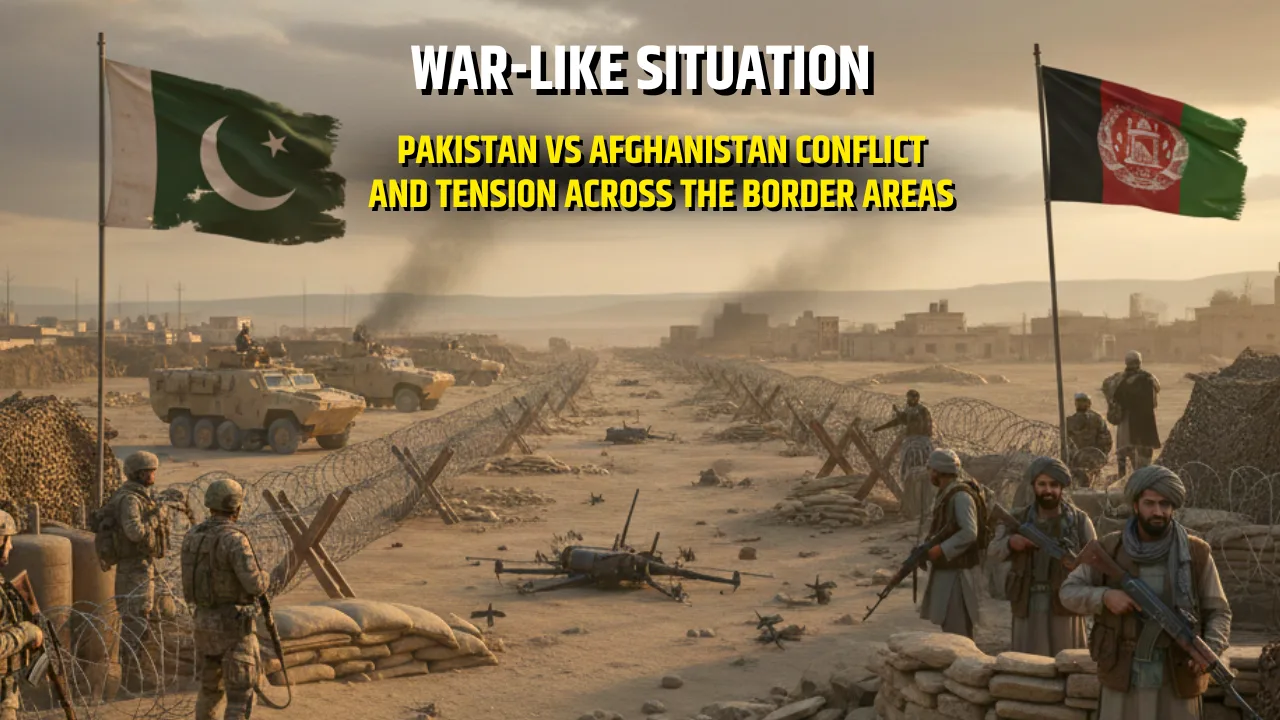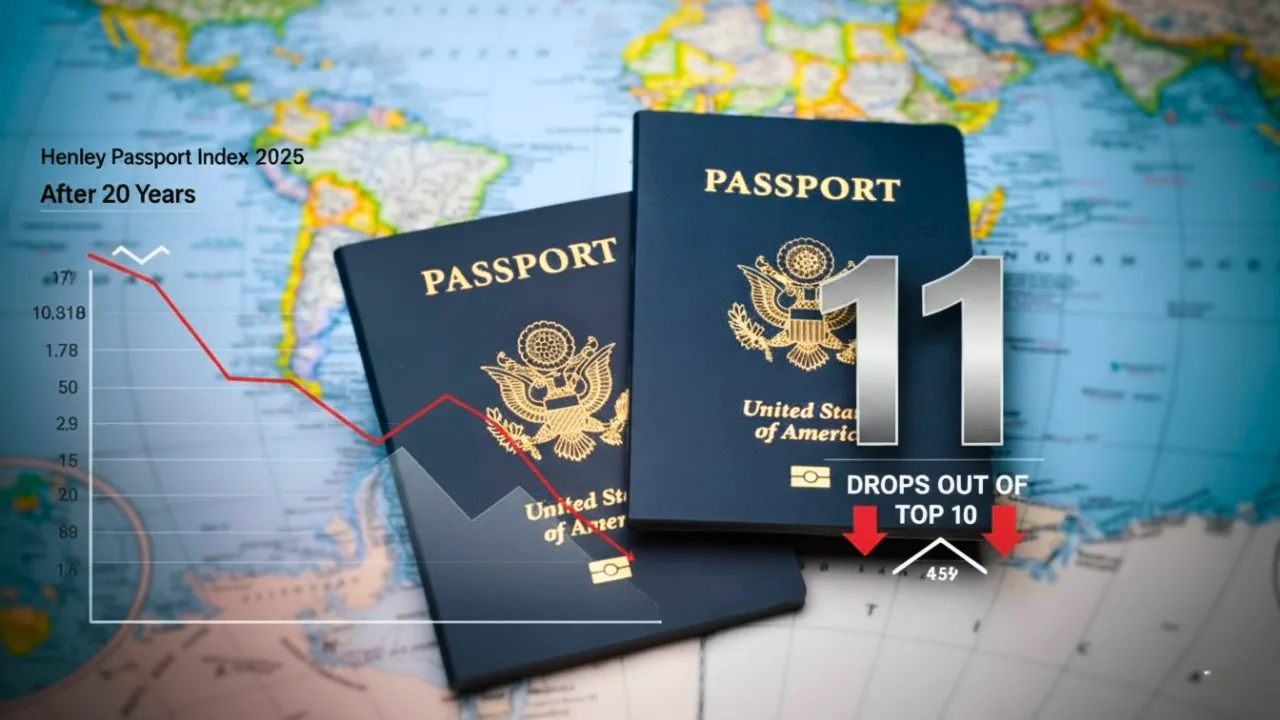US Fighter Jets Intercept Russian Warplanes Near Alaska: The United States military recently scrambled fighter jets to intercept Russian warplanes approaching Alaska, marking the ninth such encounter this year. According to officials from the North American Aerospace Defense Command (NORAD), these intercepts are part of a continuing effort to monitor and secure the nation’s northern airspace against potential foreign threats.
While the encounters have not escalated into direct conflict, they underscore rising tensions between the US and Russia over strategic airspace activity.
Details of the Interception
NORAD reported that the Russian aircraft, including strategic bombers, approached the Alaskan Air Defense Identification Zone. In response, US fighter jets were quickly deployed to identify, track, and escort the foreign planes away from sensitive airspace. Such operations, NORAD officials emphasized, “occur regularly”, reflecting ongoing military vigilance in the region. The US military has been consistently monitoring the northern borders, given the strategic significance of the Arctic and Alaska as key defense points.
| Date of Interception | Aircraft Involved | Location | Outcome |
|---|---|---|---|
| 2025, Ninth Time | Russian bombers | Near Alaska | Jets scrambled, no conflict |
Strategic Importance of Alaska’s Airspace
Alaska’s proximity to Russia makes it a critical region for air defense and surveillance operations. The US maintains heightened military readiness in this area to prevent airspace violations and ensure national security. Experts highlight that interceptions like these are routine, yet they serve as a reminder of the delicate balance of power in the Arctic and the northern Pacific.
Frequency of Russian Air Activity
This incident marks the ninth time in 2025 that US forces have had to intercept Russian aircraft near Alaska. While such operations are defensive, the frequency of these encounters raises questions about Russia’s military strategy and intentions in the region. NORAD emphasizes that these activities are part of Russia’s regular training and patrol missions, but the US remains alert to potential risks.
What This Means for International Relations
Frequent aerial encounters between the US and Russian forces highlight broader geopolitical tensions. Analysts suggest that these operations are not only military exercises but also a show of capability and readiness by both nations. Maintaining open communication channels is crucial to prevent misunderstandings that could escalate into conflict.
US Military Preparedness
The US military’s swift response to Russian aircraft approaching Alaskan airspace demonstrates a high level of readiness and coordination. Fighter jets are stationed strategically, with pilots and radar operators trained for rapid deployment. NORAD continues to monitor airspace activity and coordinate with allied forces to ensure the safety of North American skies.
Public Awareness and Media Coverage
While military operations like these often remain underreported, media coverage has brought attention to the repeated nature of airspace violations. Public awareness is important, as these encounters reflect both the capabilities of US defense forces and the ongoing vigilance required to protect national sovereignty. News outlets like News18, Times Now, and The Times of India have highlighted the significance of these interceptions.
Also Read: Keir Starmer Unveils UK Digital ID Scheme: Privacy Debate Intensifies
Lessons from Repeated Interceptions
Repeated interceptions provide valuable insights into both nations’ military capabilities and strategies. For the US, these encounters reinforce the importance of surveillance, quick response, and airspace management. For Russia, such missions demonstrate the ability to test defenses and maintain operational readiness. Analysts stress that understanding these patterns is critical for future defense planning and policy-making.
Monitoring the Arctic and Northern Pacific
Experts note that the Arctic region is becoming increasingly strategic, with melting ice opening new maritime routes and natural resource opportunities. US and allied forces continue to monitor Russian activity not only near Alaska but throughout the Arctic, ensuring that any potential threats are detected early.
Global Implications
Frequent aerial encounters between the US and Russia are part of broader international security dynamics. These operations underscore the need for diplomacy, mutual understanding, and military preparedness to prevent miscalculations. Observers warn that while these interceptions are routine, each encounter carries the potential for heightened tensions if not managed carefully.
Guarding the Northern Skies
The US military’s repeated response to Russian aircraft near Alaska demonstrates a commitment to national security and readiness in the face of ongoing challenges. As NORAD continues to monitor the region, the importance of airspace security, rapid response, and vigilance remains paramount. The strategic positioning of Alaska ensures that the US can respond effectively to any potential threat from the north.
Vigilance Above the Arctic: Protecting US Airspace
The repeated interception of Russian warplanes near Alaska highlights the critical role of defense preparedness in maintaining national security. NORAD’s ongoing monitoring ensures that US airspace remains secure, demonstrating the importance of strategic readiness, coordination, and surveillance. As international tensions continue to play out in the Arctic skies, the US military remains alert, safeguarding sovereignty while navigating a complex global landscape.
FAQs on US-Russia Air Interceptions Near Alaska
Q1: How many times has the US intercepted Russian aircraft near Alaska this year?
A1: The US military has scrambled fighter jets to intercept Russian aircraft near Alaska nine times in 2025.
Q2: Which organization monitors and responds to these airspace activities?
A2: The North American Aerospace Defense Command (NORAD) monitors and coordinates airspace security in North America, including Alaska.
Q3: Were there any conflicts during these interceptions?
A3: No conflicts occurred; US fighter jets escorted Russian aircraft away from sensitive airspace as a precautionary measure.
Q4: Why is Alaska’s airspace strategically important?
A4: Alaska is close to Russia and the Arctic, making it critical for air defense, surveillance, and national security.
Q5: What do these repeated encounters signify?
A5: These interceptions reflect ongoing geopolitical tensions, military preparedness, and the need for vigilance in international airspace.
















